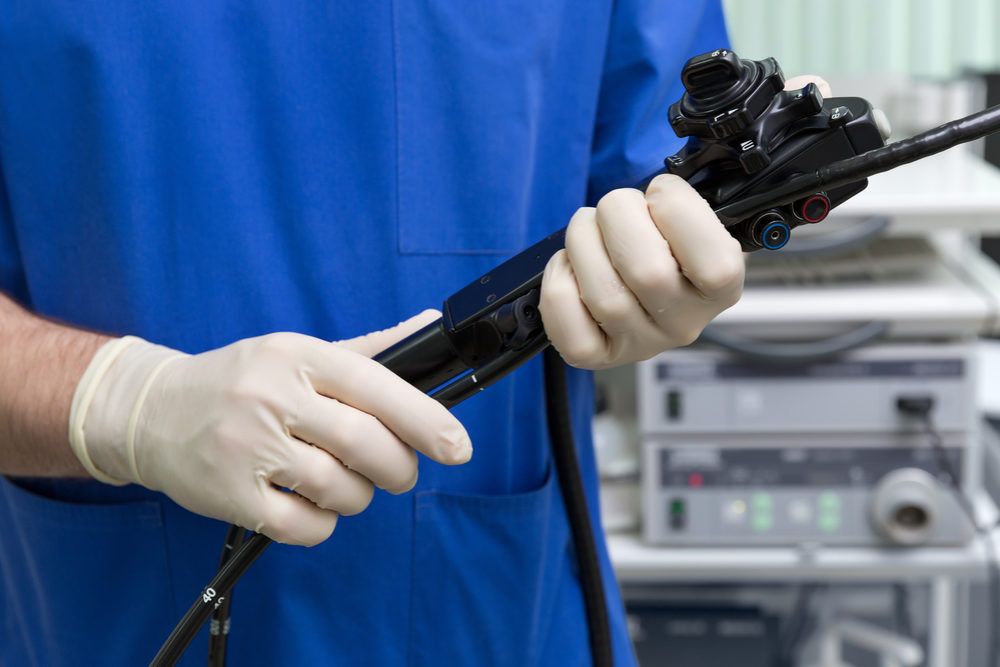Automatic Endoscope Reprocessor Investigation Launched By FDA

Government health officials have opened an investigation to evaluate the potential risk of cross contamination from the use of Automated Endoscope Reprocessors, which are designed to clean certain medical devices between patients, but concerns have emerged that the devices may not remove all microorganisms, posing a risk that infections may be passed between patients.
The FDA has announced an investigation into the effectiveness of Automated Endoscope Reprocessors (AER)s after at least two patients died, and 200 others were potentially exposed to a deadly antibiotic-resistant superbug at the California UCLA Medical Center a year ago, due to contaminated endoscopes that were improperly cleaned after being processed through the hospitals AER.
Since the UCLA outbreak and similar endoscope-related outbreaks gained national attention, the FDA has been coordinating a team of investigators who determined that manufacturer cleaning instructions provided to hospitals may be deficient.

Did You Know?
Millions of Philips CPAP Machines Recalled
Philips DreamStation, CPAP and BiPAP machines sold in recent years may pose a risk of cancer, lung damage and other injuries.
Learn MoreAER’s are an important tool used in the medical field, used to reprocess endoscopes such as duodenscopes and accessories, to decontaminate the reusable tools.
Endoscopes are medical devices that allow physicians to insert them down patient’s throats to treat cancers, gallstones, and other digestive system ailments through a form of minimally invasive surgery. Endoscopic procedures are performed on an estimated 500,000 patients annually according to the FDA.
The AER’s are designed to remove and kill microorganisms in the reusable endoscopes by washing their outside and interior surfaces with chemical solutions.
The recent duodenoscope infection outbreaks have brought to light concerns that the devices may contain long narrow channels that are particularly challenging for AERs to thoroughly decontaminate. If the small passageways are not properly cleaned, microorganisms remain and transfer to the next patient.
According to the FDA, the investigation will look into all critical factors contributing to patient infections associated with exposure to contaminated endoscopes and the best way to mitigate outbreak and bacteria transfer risks when using AER’s.
The FDA’s announcement states that collaborating with the manufacturers to perform further joint testing and data analysis could enhance the safety margin of the methods suggested to those using the devices in the medical field. Other anticipated courses of action the FDA announced are to collaborate with hospitals and medical centers that have experienced outbreaks to understand how AER’s may be a factor in infectious outbreaks.
Due to the assumed association between reprocessed duodenoscopes and patient infection, the FDA has requested all manufacturers of AER’s perform additional rigorous validation testing to evaluate AER reprocessing effectiveness of the recess around the duodenoscope’s elevator area.
The FDA is requiring that the additional manufacturer testing show no lower than a 99.9999 percent reduction of the most resistant microbes at several locations on the duodenoscopes to prevent infection transmission.
Currently, there are five companies within the U.S. that manufacture AER’s labeled to reprocess duodenoscopes that are in use at health care facilities. The FDA anticipates working with all five of those manufacturers through the process and analyzing their additional validation testing. As the investigation continues and more information is received, the FDA announced it will adequately update the public on each manufacturer’s validation results.
The FDA issued a safety communication expanding cleaning instructions for duodenoscopes in August 2015.
Several duodenoscope infection lawsuits have already been filed against Olympus over the infections linked to the UCLA outbreak, and it is possible that FujiFilm will face similar cases. The complaints allege that design problems that make the scopes especially difficult to clean, placing patients at higher risk of contracting illness.
Get more articles like this sent directly to your inbox.
"*" indicates required fields




0 Comments